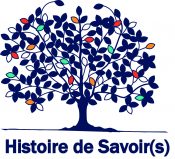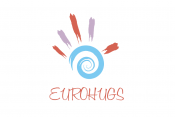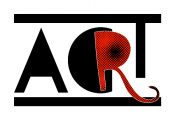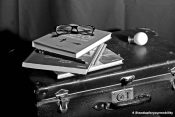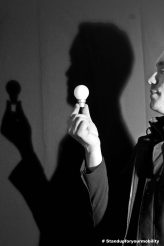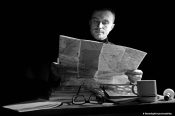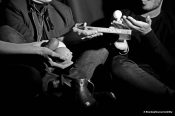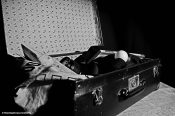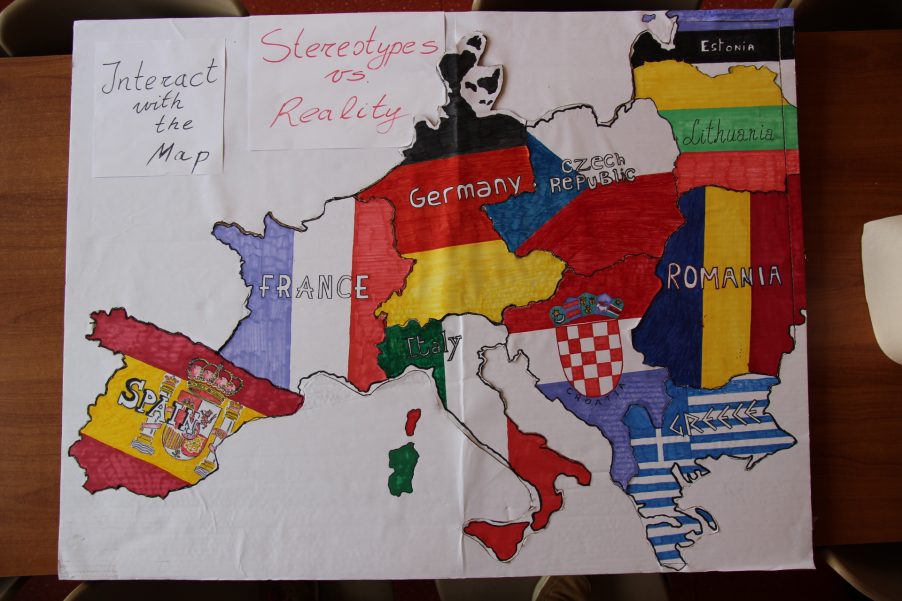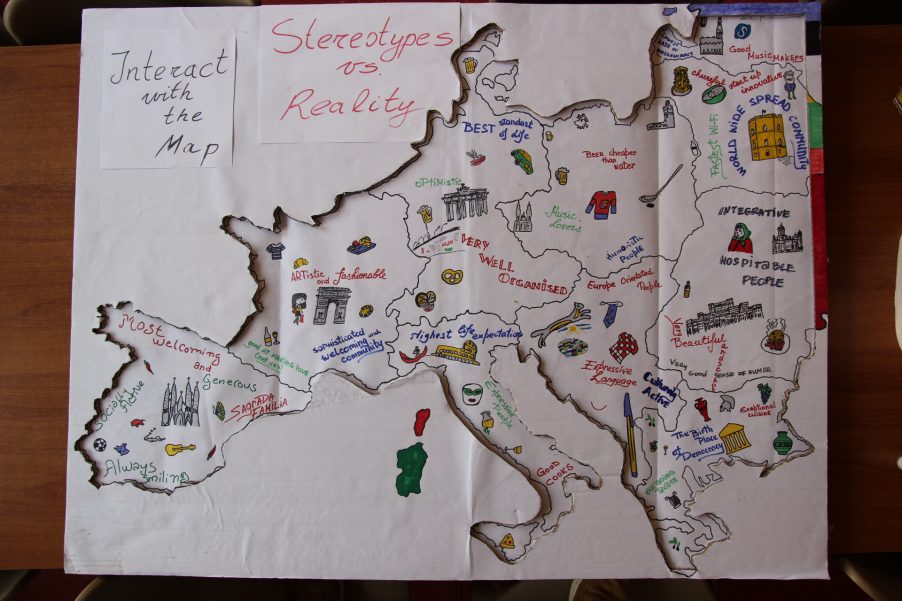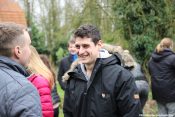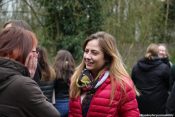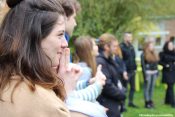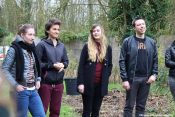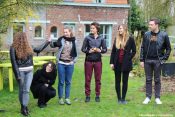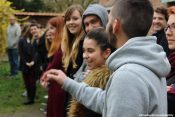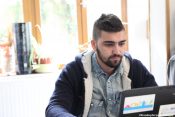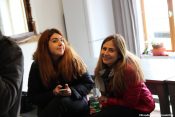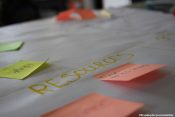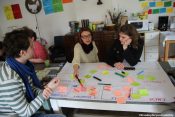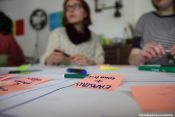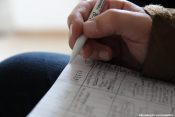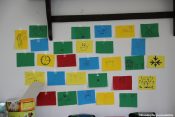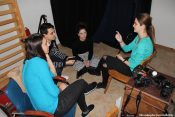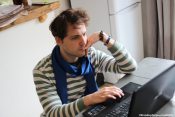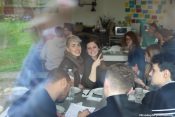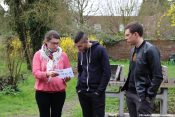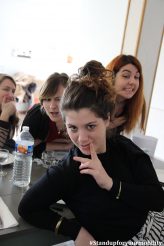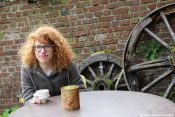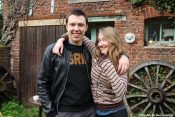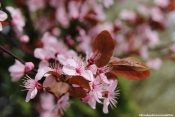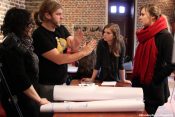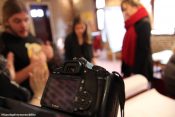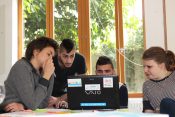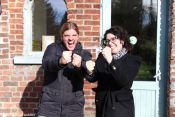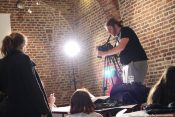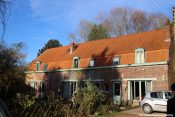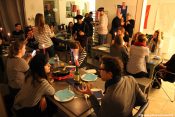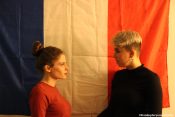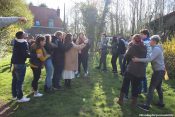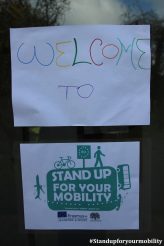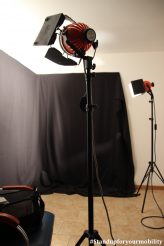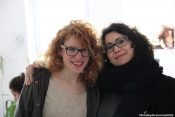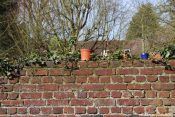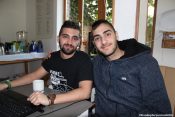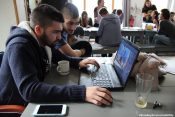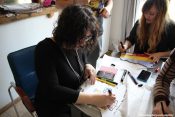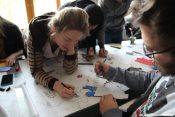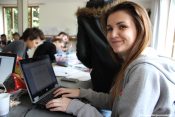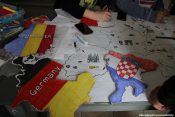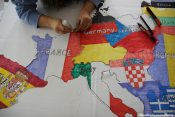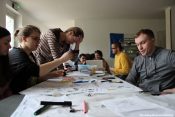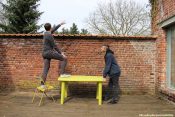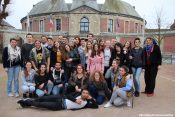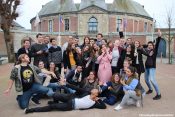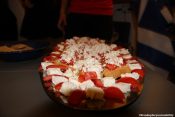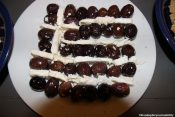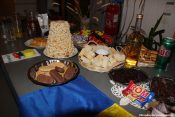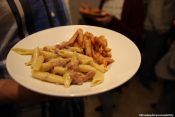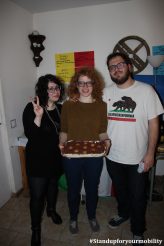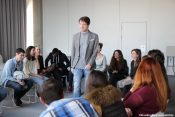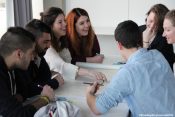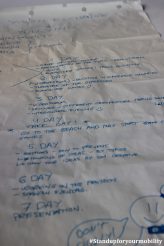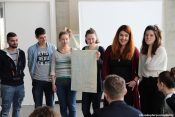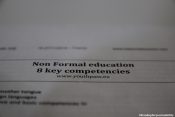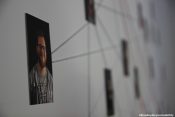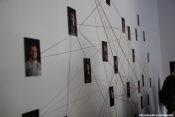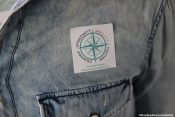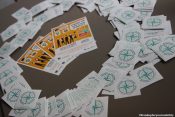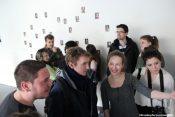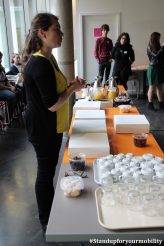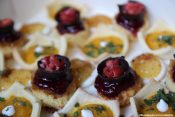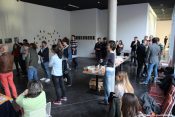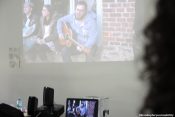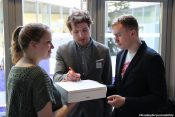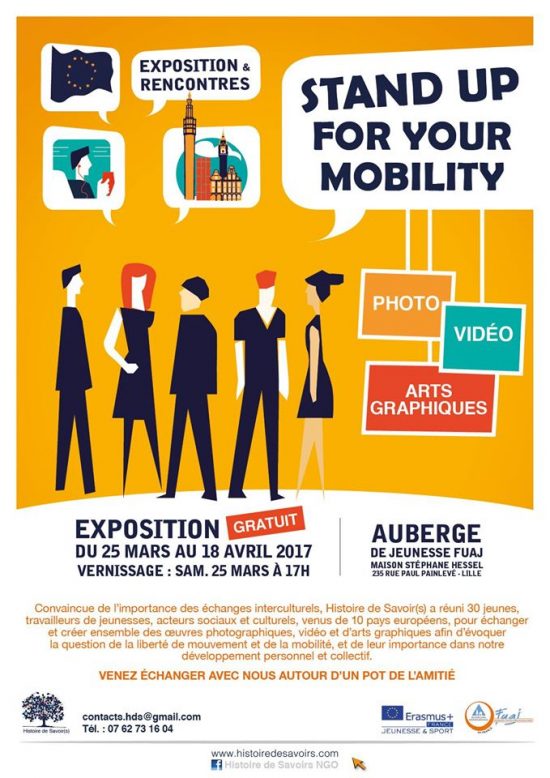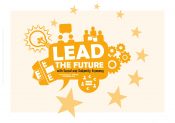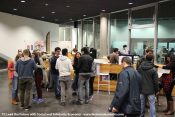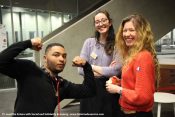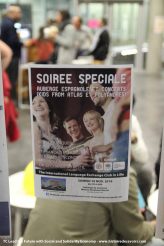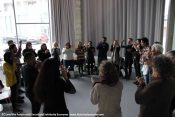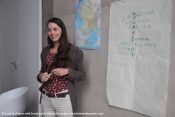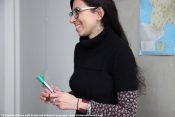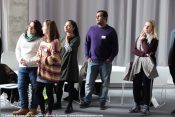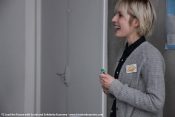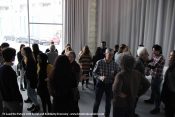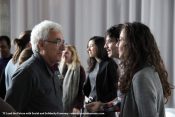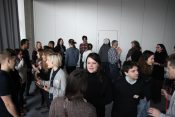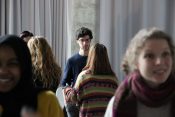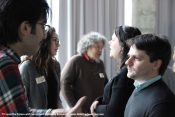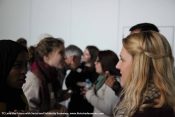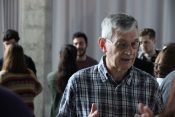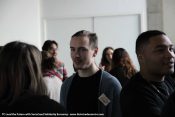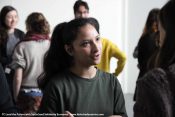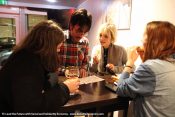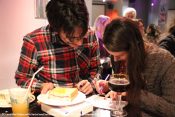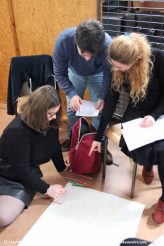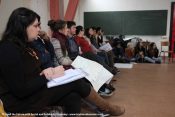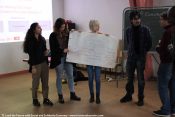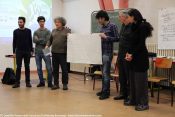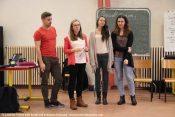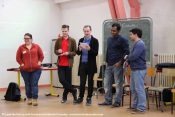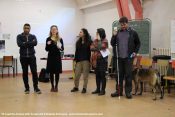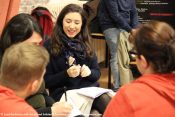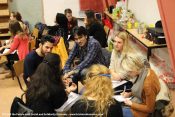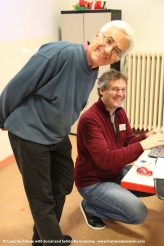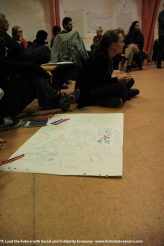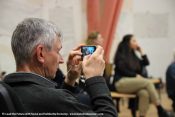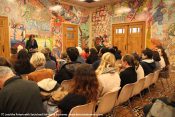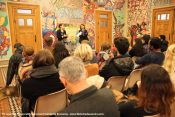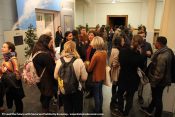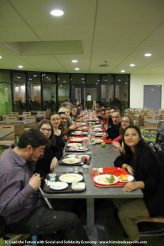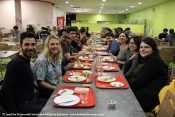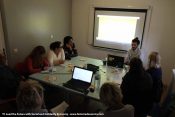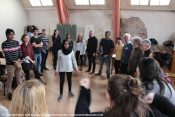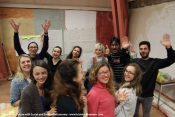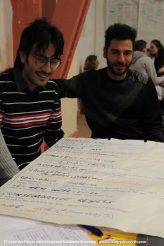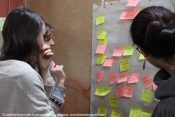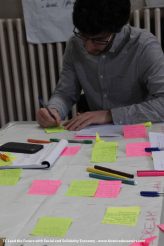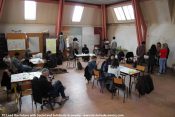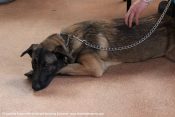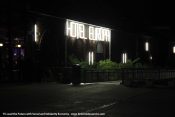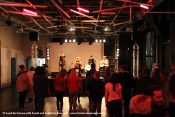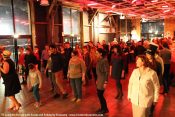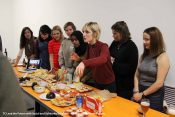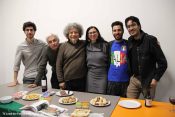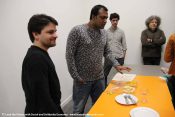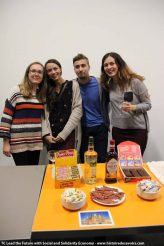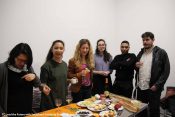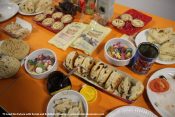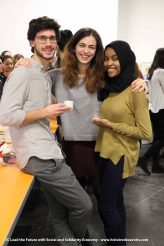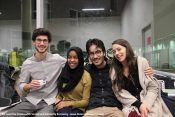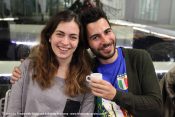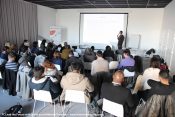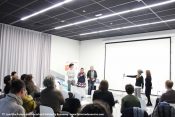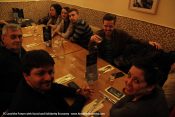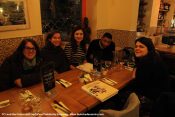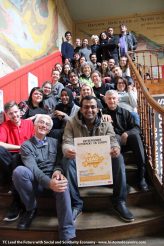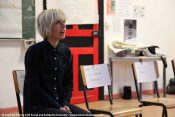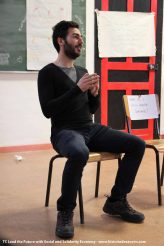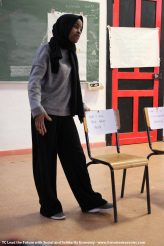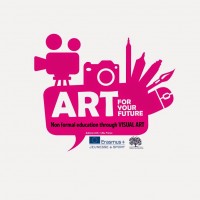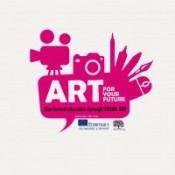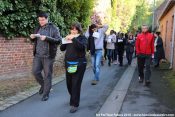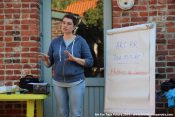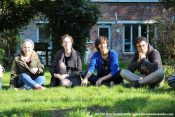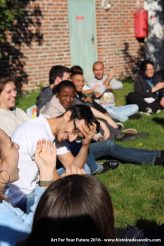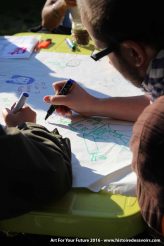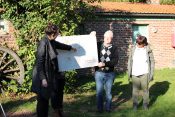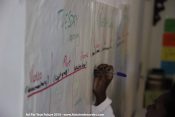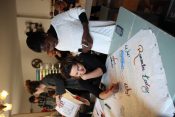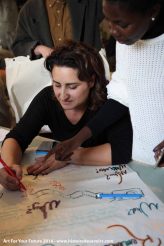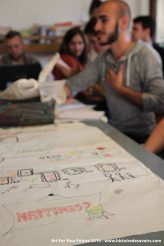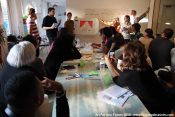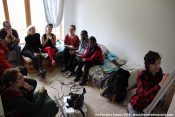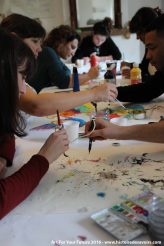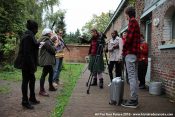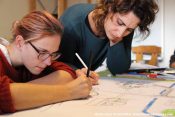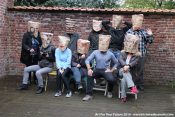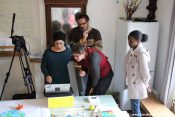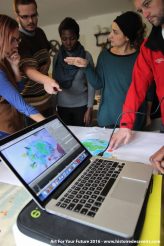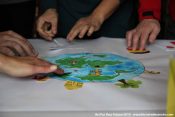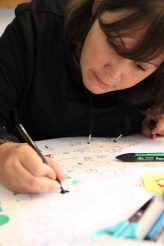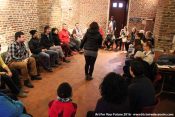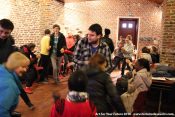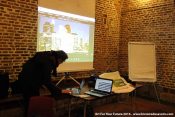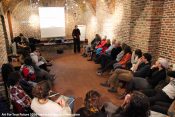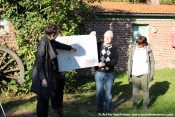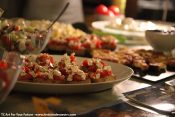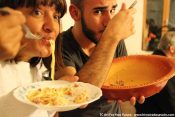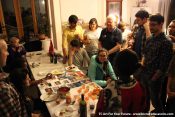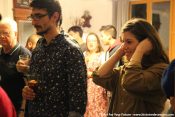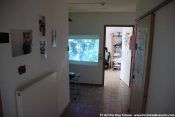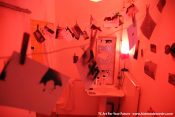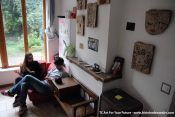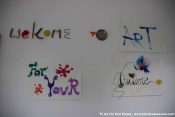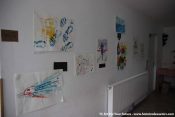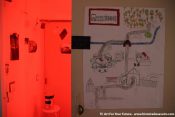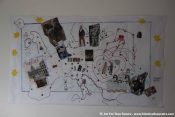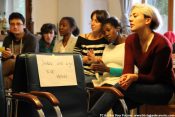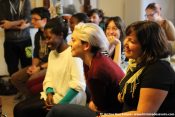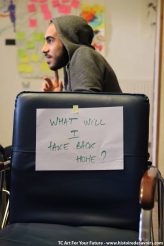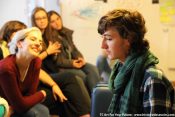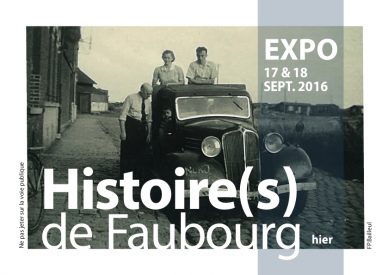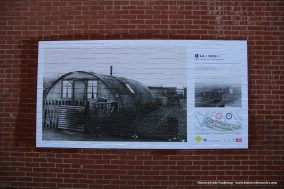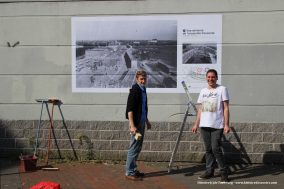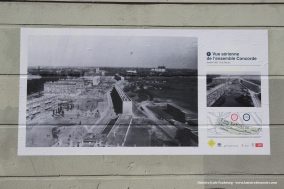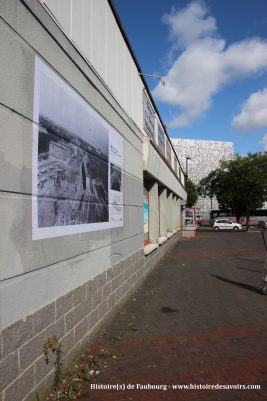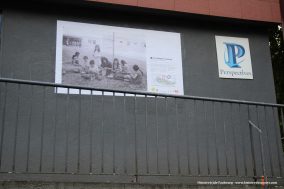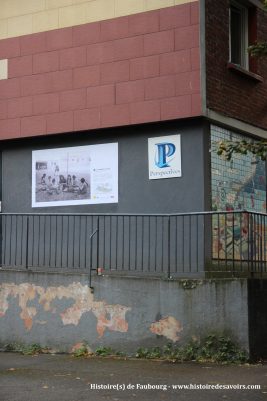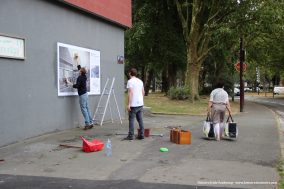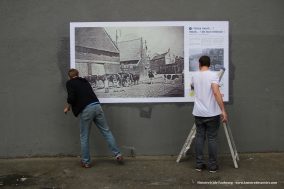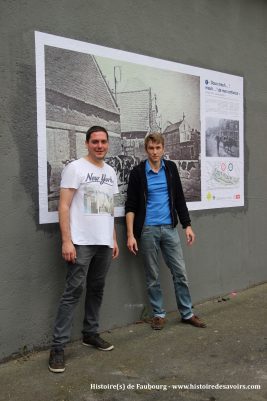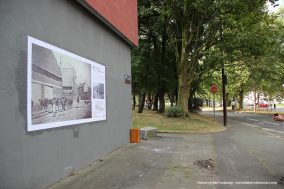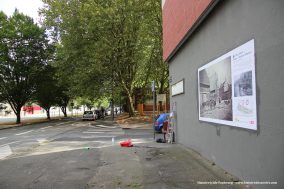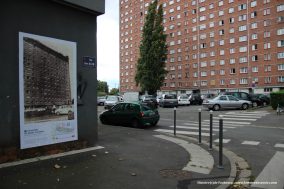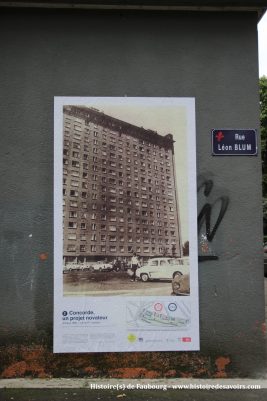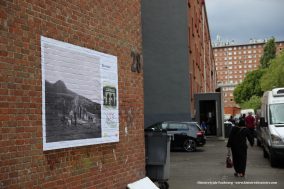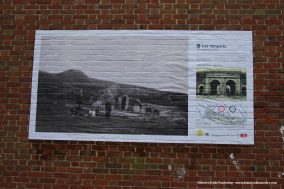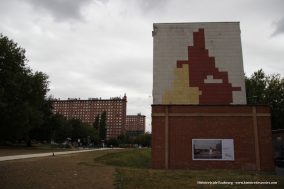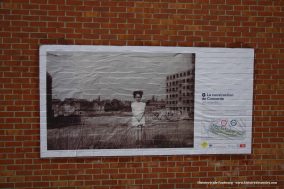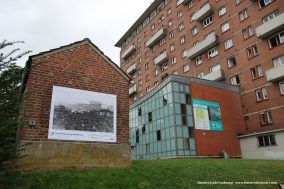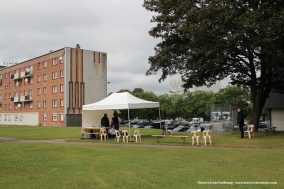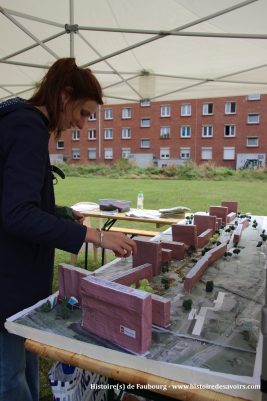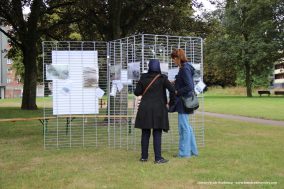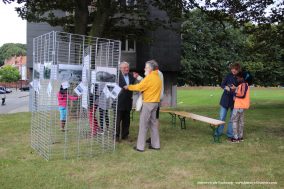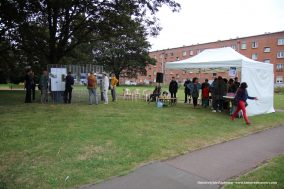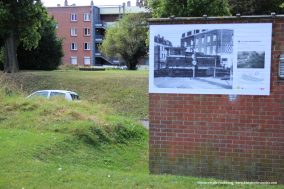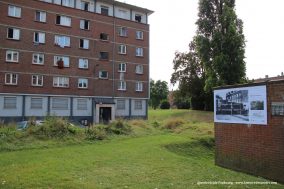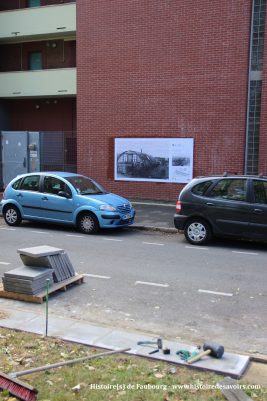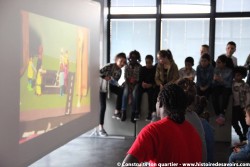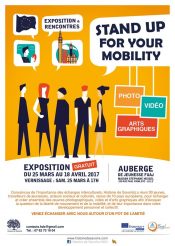 European training course Ι Promote mobility through photo, video, graphical arts Ι March 2017 Ι Marchiennes
European training course Ι Promote mobility through photo, video, graphical arts Ι March 2017 Ι Marchiennes
The european training course Stand Up for Your Mobility was held in Marchiennes on the 18th to the 26th of March 2017. The principal theme was to promote mobility, to discuss about it and to express it through diverses (photography, video and graphical art)
30 participants were involved in this training course (You want me to tell you where they are from? Seriously? Sooooo: Germany, Lithuania, Czech Republic, Italy, Spain, Croatia, Estonia, Romania, Greece and two french guys that were here as decoration. Happy now?)
OK but concretly what’s about it? So the first days were dedicated to ice-breaking games and other stuff that help us to know each other. In the following days we then had really intense linguistic exchange.
But what about work? Relax! I was going to talk about it.
On Sunday, in the morning was introduced the program for the week. In the afternoon we had to write on two separates post-it what is mobility for us. Then we had to gather with those who wrote the same things than us. The group we made would be the same for the rest of the week.
So the afternoon we worked on the definition of Mobility ( and yes if you ask, some of them mad a song.)
On monday, a community manager explain us what’s the main point of a community manager, and how to create a project. When he ended his speech it was or turn to work and to plan our project.
Do I have to talk about evening? Music and drinking should be enough.
Tuesday morning we could start our project concretly. The trainers explained us how to process in video, photo, and graphical art. And this until Thursday morning where we present our project to everybody.
Friday morning we went to the Youth Hostel Stephane Hessel in Lille at 10a.m. The bus drove us to the hostel where the participants put their luggages and have a walk in the city of Lille. What about me? Siesta time!
The next morning (after an evening of party or sleeping) we had to settle the exhibition in the hostel.
In general the exhibition happened well (in my point of view at least) and the participants had the opportunity to discuss about what they did with the spectators. By the way the exhibition is still running and the link available at the bottom.
Once the exhibition ended it was time for the evaluation.
After all of this, we went to eat a pizza in a place not far from the youth hostel for the last evening. Once there, we figured that there were some communication issues (apparently they expect to see us on friday, not on saturday…) But we manage to eat.
We delivered the Youthpass (Erasmus + diploma) there. And as a bonus the participants get a pack of sweets. Nice huh?
And the evening ends, people were tired, some had to go home.
But we will see each other anyway, unfortunately for you, I’ll be worst. Hahahahah!
Hugo – Civilian service
Partners :
Exhibition created by the participants :
Trainers : Videomaker – Claire Jeandroz – Les Films des Deux Mains / Photographer – Pauline Ozon
Photography :
CHANGING THE LUGGAGE
Estefania Maria Anaya Pareja (Spain) – Valentina Buzuk (Croatia) – Laur-Mihai Amanolesei (Romania)
Learning through an informal way of education like mobility is a special journey where a person goes through personal and professional change. This story is about a teacher who discovers the mobility as a form of non-formal education. Soon enough he decides to engage in a project and organize a trip. Through cultural exchange, he learns how to respect and appreciate different traditions, values, religions, ideas and behaviour. After the mobility, he is still the same person from the outside, but from the inside he changed his outlook towards the world. He sees the world through different glasses. Mobility brought him many unforgettable friendships and now he will promote mobility to his students.
Photo – Studio
1/ Formal education
2/ Ideas
3/ Movement
4 /Exchange
5 / Change of perception
6 / A new beginning
MOBILITY VS STEREOTYPES
Karolina Povilaityté (Lithuania) – Davide Cinotti (Italy) – Viktor Sestakov (Estonia) – Simonas Dragunas (Lithuania) – with the help of all the other volunteers…
This European map was designed by volunteers from ten different European countries. We made the choice to represent only countries of participants, using imaginary and unusual borders, inviting you to break borders of stereotypes which are shown in the pictures. The photography serial is about strong prejudices we have about our cultures. The map will help to break those clichés that European people have for themselves and for their neighbours.
This map is an invitation to mobility, to meet each other and to go further beyond stereotypes! Another way to break borders.
So now, let’s be active!
Match one picture with each country. Done? Ok, now let’s open the map, open borders and find a new way to see these countries!
Photo – Studio
Graphic arts – Mapping / symbols
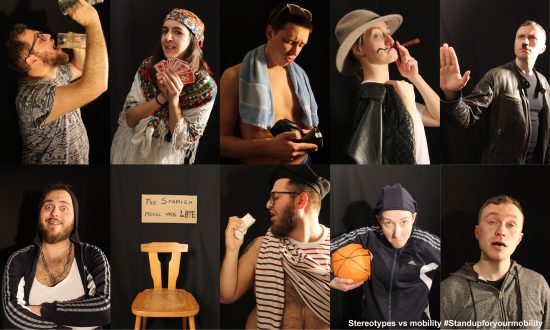
Videos :
CULTUREALITY – “FRIENDSHIP between CULTURES can be REALITY”
Raluca Barsan (Romania) – Katerina Konstantinidou (Greece) – Antonio Ponce Hevilla (Spain) – Hugo Triffault (France) – Silvia De Nicolo (Italy)
Our team developed a storytelling video that highlights the main key words we consider the most suggestive for describing the intercultural concept. So, we are talking about open-mindness, respect, exploration, tolerance and friendship.
Thinking about mobility, intercultural communication means a deep understanding and respect for all other cultures.
The video shows the flashback of a youngster coming back home from a mobility training experience that he really enjoyed.
Video – Fiction
MOVE YOUR ASS
Fenia Xenou (Greece) – Antonina Krjukova (Estonia) – Zuzana Nerudova (Czech Republic) – Julia Dem (Estonia)
We want to promote the fact that mobility starts from ourselves and by empowerment and active citizenship. Next comes our contribution to our communities, where small moves can make a big impact in society.
Video – Fiction
——————————————————————————————————Video realized in the frame of an European Training Course (Erasmus +), called “Stand Up For Your Mobility” organized by Histoire de Savoirs, in March 2017 in Marchiennes (France – 59). The aim of the training was to promote and provide tools to promote the European mobility and free movement. Here is the abstract of the work done during the video workshops by the European participants, supervised by Claire – Les Films des Deux Mains.
histoiredesavoirs.com
# Standupforyourmobility
BE LIKE ANNA!
Jonatan Gomez Granados (Spain) – Chiara Pivanti (Italy) – Katerina Jandova (Czech Republic) – Alina Fenn (Germany)
Our work speaks about European Mobility. That’s an opportunity for us to Go Abroad, to Live, to work, to study and improve ourselves. We used the technique of “Draw my Life”, a fast-motion video of the author drawing illustrations, to describe the story of Anna, a girl that takes the opportunity. The objective of this project is to positively influence and encourage people to take the opportunity, so…
…. Be like Anna!
Video – Draw my life.

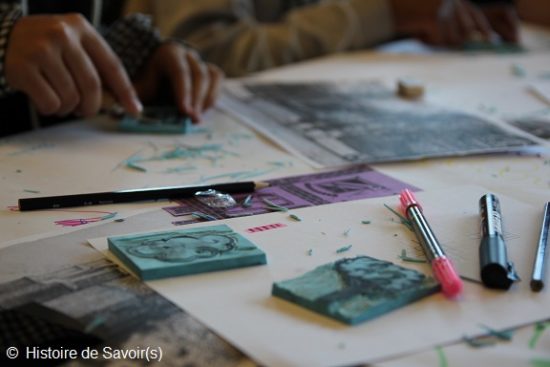
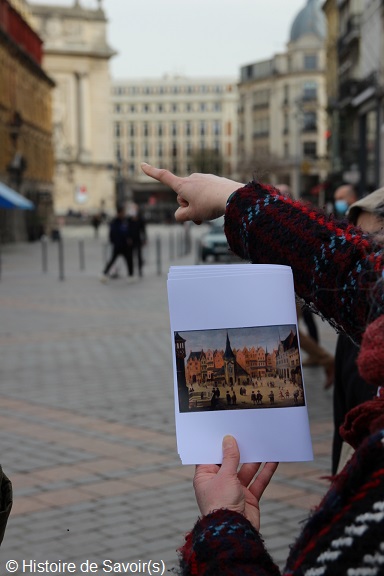

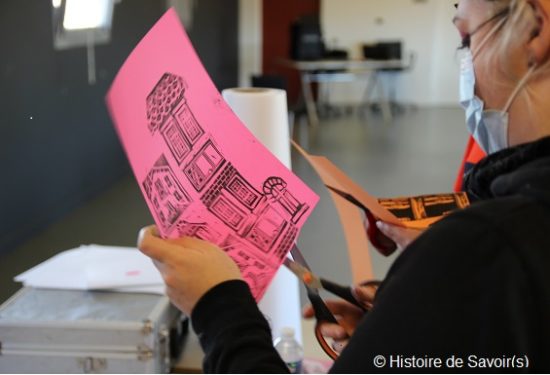

 European training course Ι Promote mobility through photo, video, graphical arts Ι March 2017 Ι Marchiennes
European training course Ι Promote mobility through photo, video, graphical arts Ι March 2017 Ι Marchiennes
